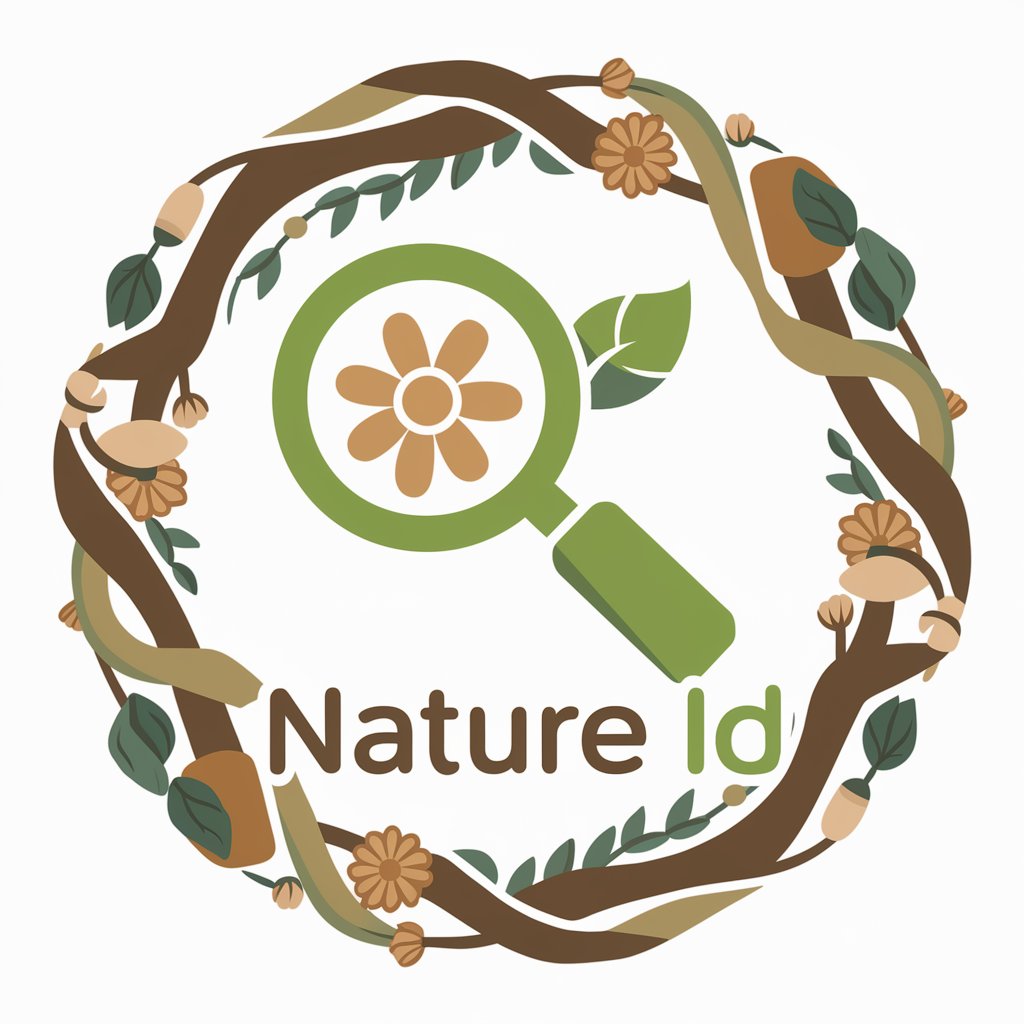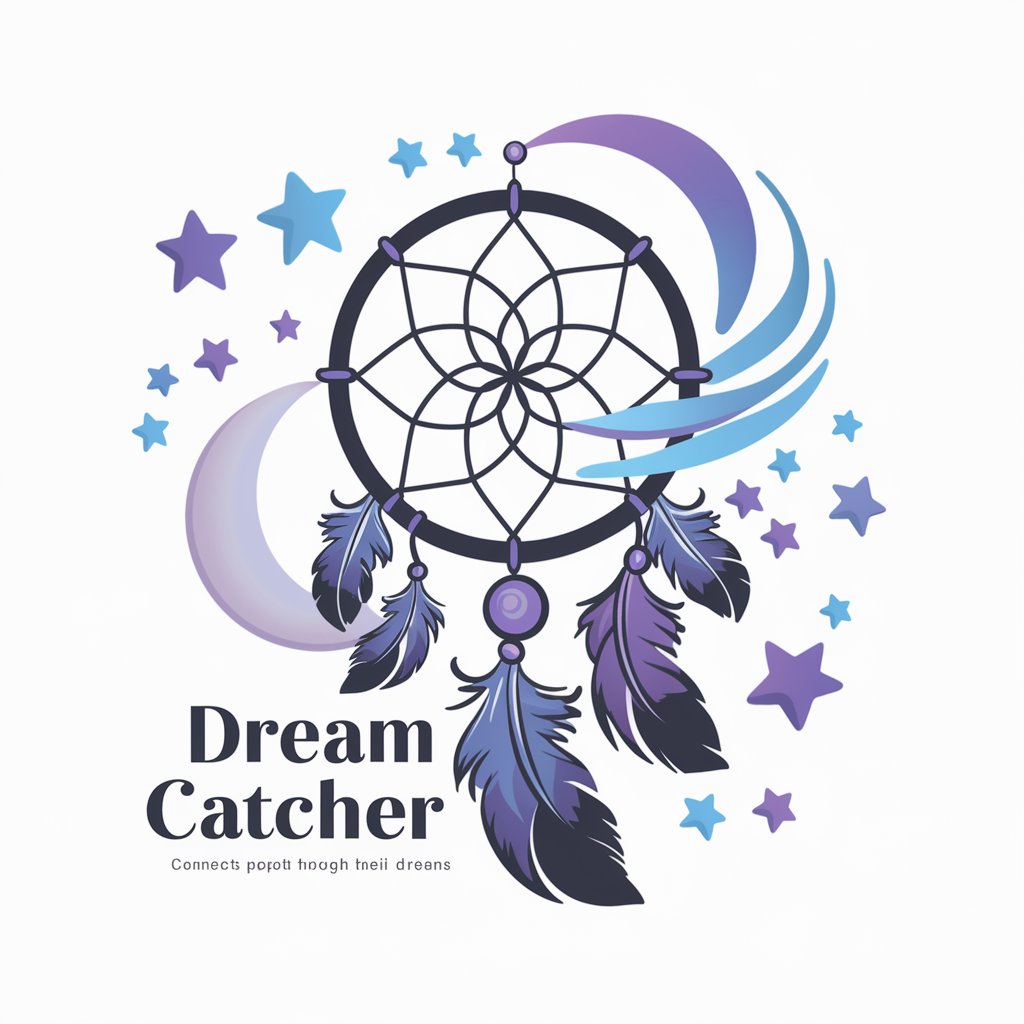Nature ID - Plant and Mushroom ID

Hello! Ready to identify some nature?
Discover Nature with AI-Powered Identification
Can you help me identify this plant?
What type of tree is this?
Please identify this mushroom for me.
What kind of flower is in this picture?
Get Embed Code
Nature ID: A Comprehensive Guide
Nature ID is designed as a highly specialized tool aimed at identifying various elements of the natural world, including plants, flowers, trees, and mushrooms. Its core functionality revolves around analyzing user-submitted images to provide quick and accurate identifications. This tool leverages advanced image recognition and a vast database of natural species to deliver precise information. For example, a user might upload a photo of a wildflower encountered during a hike, and Nature ID would not only identify the flower as, say, a 'California Poppy' (Eschscholzia californica) but also offer additional details like its common habitats, blooming season, and ecological significance. This functionality serves both educational and practical purposes, enhancing users' understanding of their natural surroundings. Powered by ChatGPT-4o。

Key Functions and Real-World Applications
Species Identification
Example
Identifying a 'Scarlet Pimpernel' (Anagallis arvensis) from a garden photo.
Scenario
A hobbyist gardener takes a photo of an unknown plant in their garden. Nature ID analyzes the image and identifies the plant, providing information on its care needs, potential as an invasive species, and its role in the local ecosystem.
Ecological Information
Example
Providing habitat and distribution data for a 'Douglas Fir' (Pseudotsuga menziesii).
Scenario
An environmental science student uploads an image of a tree observed in a Pacific Northwest forest. Nature ID identifies the tree and offers detailed data on its ecological role, preferred habitats, and significance to wildlife.
Conservation Status
Example
Assessing the conservation status of the 'Lady Slipper Orchid' (Cypripedium calceolus).
Scenario
A conservationist discovers a rare orchid while on fieldwork and uses Nature ID to confirm its identity. The tool provides information on its conservation status, threats to its survival, and guidelines for reporting sightings to support conservation efforts.
Edibility and Medicinal Use
Example
Determining the edibility of 'Morel Mushrooms' (Morchella esculenta).
Scenario
A forager finds mushrooms in the woods and uploads a photo to Nature ID. The tool identifies the mushrooms as Morels, confirms their edibility, and provides foraging tips and culinary uses.
Target User Groups for Nature ID
Hobbyist Gardeners and Plant Enthusiasts
Individuals with a passion for gardening or wild flora who seek to identify and learn about plants in their gardens or encountered in the wild. Nature ID helps them understand plant care, ecological relationships, and botanical details.
Environmental Educators and Students
Teachers and learners in environmental science, biology, and related fields who use Nature ID as a teaching aid or for academic research. It provides them with accessible, accurate information on plant species, habitats, and conservation.
Conservationists and Ecologists
Professionals and volunteers in conservation and ecology who need to identify species in the field and access detailed information on their conservation status, ecological roles, and guidelines for protection and monitoring.
Outdoor Enthusiasts and Foragers
Hikers, campers, and foragers who encounter unknown plants or mushrooms and use Nature ID to identify them, learn about their uses, and understand any associated risks such as toxicity or legal protection.

How to Use Nature ID
Start Your Journey
Begin by visiting yeschat.ai for a hassle-free trial that requires no login or subscription to ChatGPT Plus.
Upload Image
Directly upload a clear image of the plant, flower, tree, or mushroom you wish to identify.
Submit for Analysis
After uploading, simply submit your image for analysis by Nature ID.
Receive Identification
Wait a moment to receive a detailed identification, including common names, scientific names, and notable characteristics.
Explore Further
Use the provided information to explore more about your identified subject, including habitat, care, or culinary uses, if applicable.
Try other advanced and practical GPTs
Review Responder For STR (Short Term Rental) Host
Transforming Guest Feedback into Five-Star Hospitality

Dream Catcher
Connect Through Dreams, Powered by AI

Once Upon a PPT: SPICE, Business Storytelling Guru
Empowering Your Stories with AI

NavalGPT
Empowering your growth with AI-driven Naval insights.

AutoExpert (Video)
Deciphering Videos with AI Precision

AutoExpert (Academic)
Elevating Research with AI Insight

Dr. BabyCare
Empowering Parenthood with AI

Mister Rogers GPT
Nurturing guidance at your fingertips.

Cover Art Generator
Craft Your Music's Visual Identity

AWS Cloud Architect Pro
Revolutionizing Cloud Architecture with AI

Visual Text Analyzer
Transform Text into Visual Art with AI

簡単英語翻訳くん
Bringing English Texts to Young Minds with AI

Frequently Asked Questions about Nature ID
What types of natural elements can Nature ID identify?
Nature ID specializes in identifying plants, flowers, trees, and mushrooms, providing detailed information such as common and scientific names.
How accurate is Nature ID?
Nature ID employs advanced AI algorithms to ensure high accuracy in identification, but results may vary based on image clarity and specificity.
Can Nature ID identify plants from any region?
Yes, Nature ID is designed to identify a wide range of plants, flowers, trees, and mushrooms from around the world.
Is Nature ID free to use?
Nature ID offers a free trial that does not require login or a subscription, making it easily accessible to all users.
How can Nature ID enhance my understanding of nature?
By providing detailed identifications and information, Nature ID helps users learn about the biodiversity around them and fosters a deeper connection with nature.
